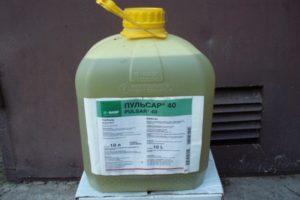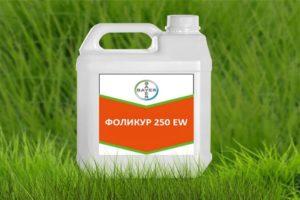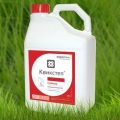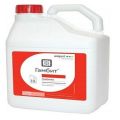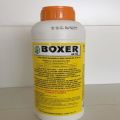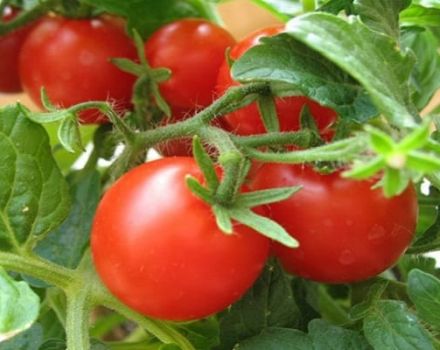Instructions for the use of the herbicide Tapir, mechanism of action and consumption rates
The drug is intended for the destruction of a large list of dicotyledonous and cereal species in areas occupied by soybeans, lupines, peas, and other fodder and legumes. A single use of the Tapir herbicide is enough to forget about weeds until the end of the growing season. The chemical can be applied both before and after sowing, it is compatible with bentazone and has many analogues.
Content
- 1 Composition, purpose and form of release of herbicide Tapir
- 2 Benefits over other products
- 3 The principle of action of the drug against weeds
- 4 Response speed
- 5 How to prepare a working product
- 6 Method, processing time, drug consumption
- 7 Toxicity and safety measures
- 8 Herbicide compatibility
- 9 Storage conditions and periods
- 10 Analogs
Composition, purpose and form of release of herbicide Tapir
The herbicide Tapir is designed to control a large list of dicotyledonous and cereal species that infest peas and other legumes.
The active substance is imazethapyr at a concentration of 100 g / l (from the category of imidazolinones). The water-soluble concentrate produced by the Russian company Agro Expert Group is sold in 10-liter canisters.
Benefits over other products
Many farmers prefer to use Tapir because it has many advantages over other herbicides:
- has a depressing effect on both cereal weeds and dicotyledonous annuals;
- destroys weeds after one treatment;
- ensures the cleanliness of crops until the end of the growing season;
- can be used both before and after sowing, as well as after the emergence of cultivated seedlings;
- does not contain volatile substances, therefore it has low toxicity, is consumed economically.

The principle of action of the drug against weeds
Once on the surface of the leaves, the active substance penetrates into the inner tissues, moves to the growth points. There, protein synthesis is inhibited, which disrupts the formation of cellular structures.
Herbicide Tapir is effective against:
- sow thistle;
- wild oat;
- ambrosia;
- bristle;
- nivyanik;
- bedstraw;
- nightshade;
- broomsticks;
- squid;
- wheatgrass;
- wormwood;
- cocklebur;
- handbag.
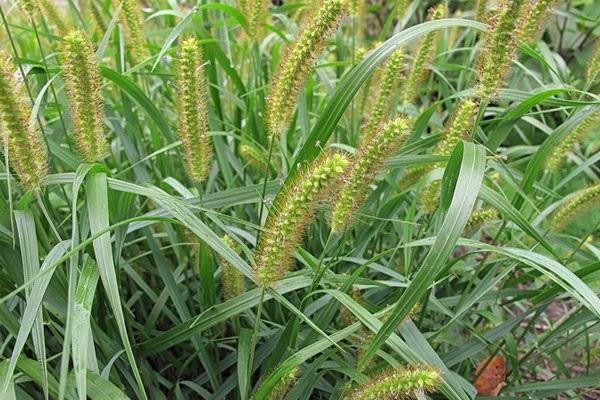
Response speed
When treated before sowing and the emergence of cultivated shoots, dicotyledonous weeds stop growing at the stage of the first true leaf, and cereals at the stage of two true leaves. Inhibition of growth is observed after a few days, and complete clearing of the area from weeds is noted after 3-5 weeks.
Oppression is manifested by the death of growth points, a slowdown in development, yellowing and wilting of leaves.
How to prepare a working product
The tank of the spraying device is filled with water to a third of the volume, the mixer is turned on. The required amount of concentrate is poured in.Add water to the edge of the tank while the mixer is running.
The solution is periodically mixed during spraying.
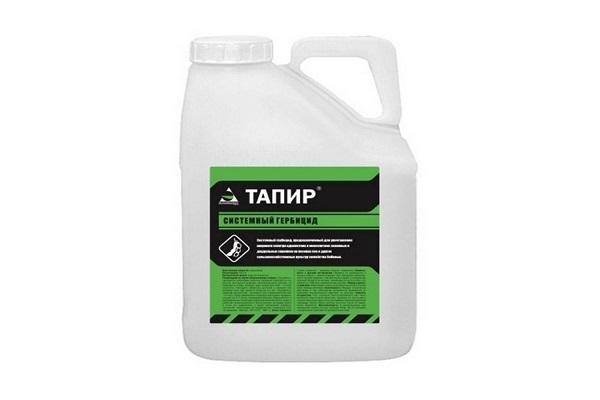
Method, processing time, drug consumption
Processing is carried out by spraying the soil. The method is chosen based on the period of the season and the specific culture:
- Before sowing, it is used in the area intended for soybeans, it is embedded shallowly, by 4-5 cm.
- After sowing, but before the first shoots, the herbicide is used on the area occupied by peas and soybeans. The soil must be free of organic debris. In the dry season, they are embedded to a depth of 2 cm.
- After the emergence of cultivated shoots, Tapir is used in the area occupied by soybeans and peas. When treated during this period, the effect of the chemical is most effective. It is permissible to process until the appearance of the 3rd triple leaf in soybeans and the 6th leaf in peas. Dicotyledonous weeds should have no more than 4 leaves, and cereals - 2 or 3.
The half-life of the herbicide in the soil is 3 months. This means that the protective effect is maintained throughout the growing season.
The instructions for use indicate that the treatment is carried out once a season. Liquid consumption - 200-300 liters per hectare.
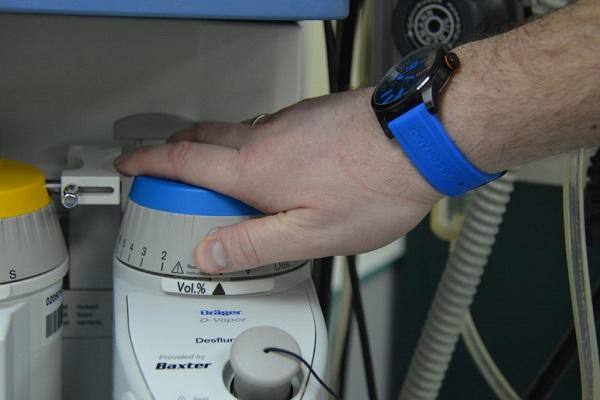
The table shows the consumption rates of the drug Tapir, taking into account the treated culture.
| Application rates, l / ha | Cultural view | Weed vegetation | Waiting period (frequency of spraying) | Permission period for mechanized work |
| 0,5-0,8 | soy | annual cereals and perennials, dicotyledonous annuals | 60(1) | 3 |
| 0,5-0,7 | peas | annual cereals and perennials, dicotyledonous annuals | 27(1) | 3 |
When organizing crop rotation, it should be borne in mind that dry weather, low air temperature, high humidity and acidity of the soil, insufficient pre-sowing treatment prolong the activity of the Tapir herbicide.
After chemical treatment, you can sow:
- winter wheat - after 4 months;
- barley, rye, oats, spring wheat, corn - in a year;
- sunflower - after 18 months;
- any culture - in 2 years.
In the same season, after treatment with herbicide, it is permissible to sow only peas and other legumes.

Toxicity and safety measures
Herbicide Tapir is included in the 3rd hazard class for the human body and bees - a low-hazard substance.
When working with a chemical, use standard protective equipment: respirator, work glasses, rubber gloves, closed clothing.
Herbicide compatibility
To enhance the effectiveness, you can mix Tapir in the tank with any bentazone-based herbicide.
It is unacceptable to mix with anti-grain chemicals Target, Legion and others.
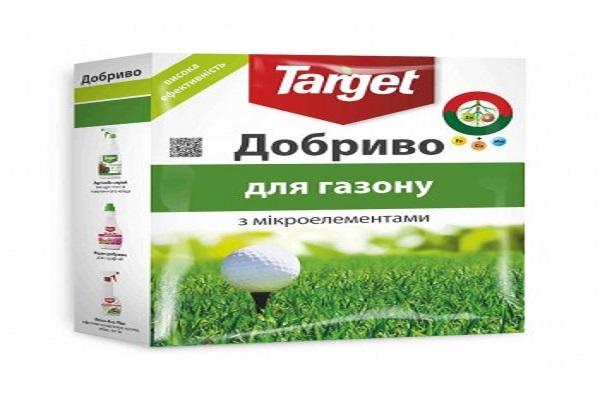
Storage conditions and periods
The herbicide Tapir is stored in a canister in a warehouse at a temperature from 0 to +30 ° C. Shelf life is 2 years.
Analogs
Tapir has many analogues in terms of active substance. Of the most popular drugs, water-soluble concentrates should be called:
- Sapphire;
- Tactician;
- Soloist;
- Viaduct;
- Zeta;
- Pivot;
- Golf.

The specified herbicides of selective action effectively destroy dicotyledonous and cereal weeds that infest legumes and forage crops.
They act quickly and provide protection for the entire growing season.
